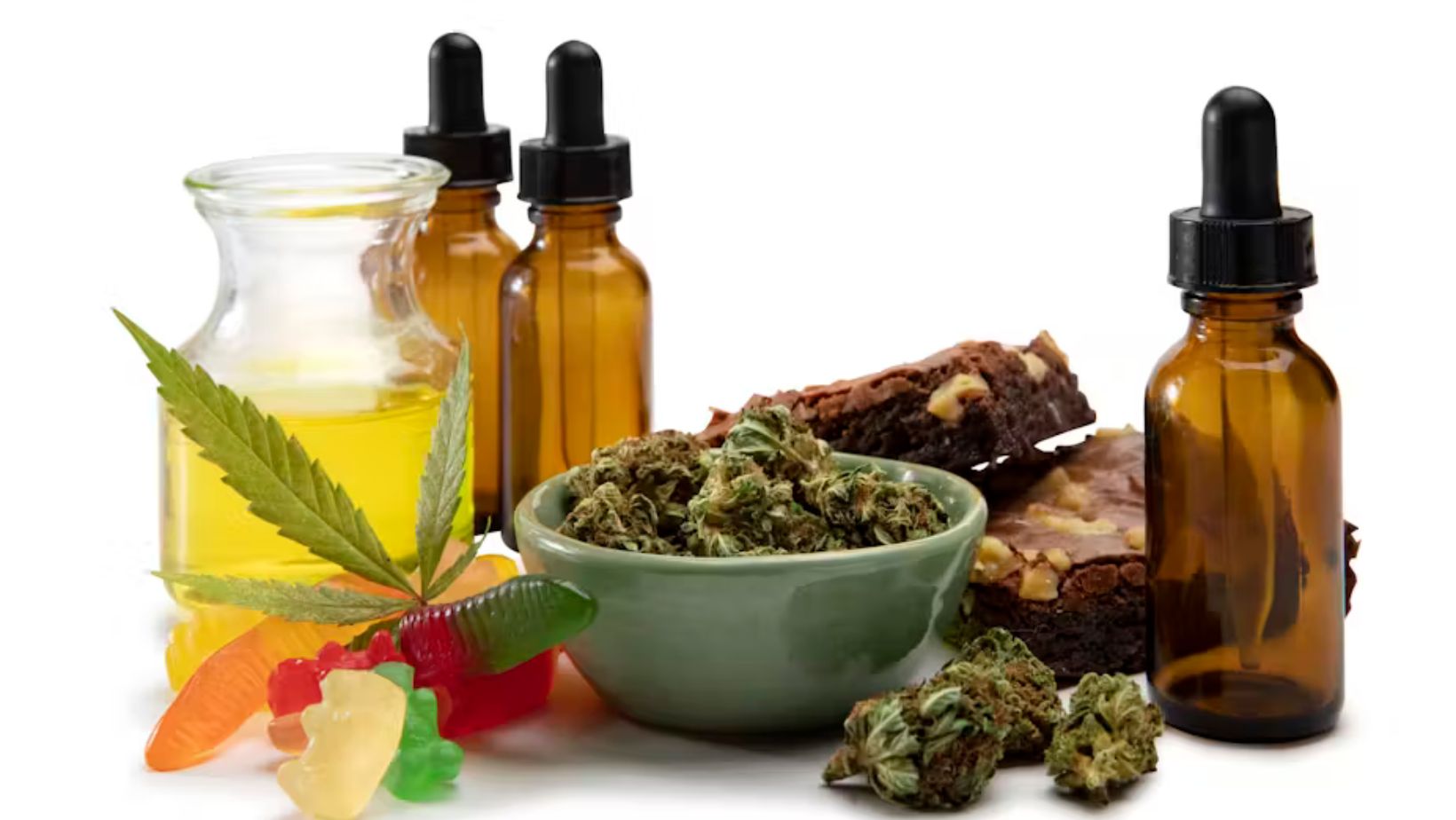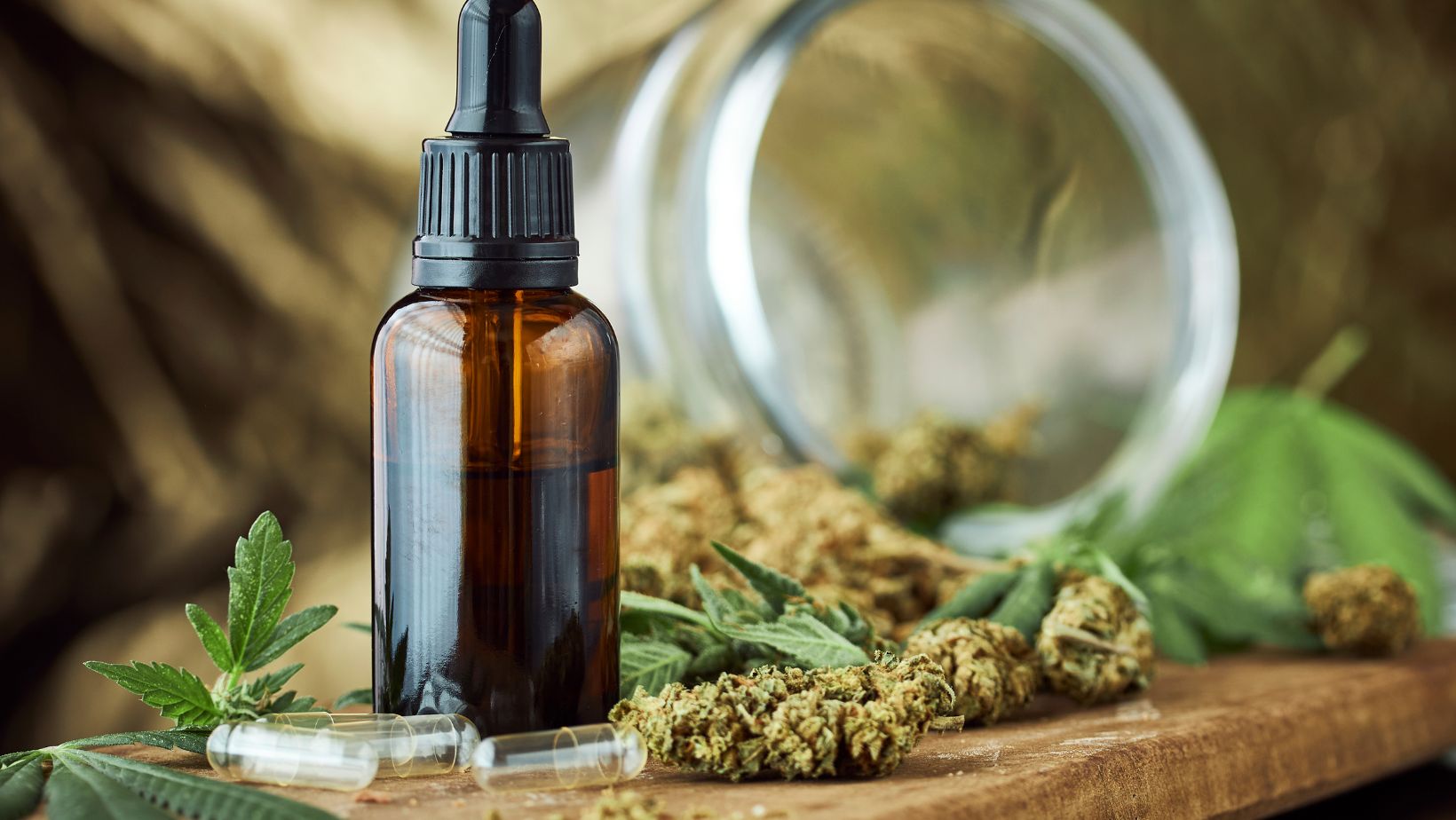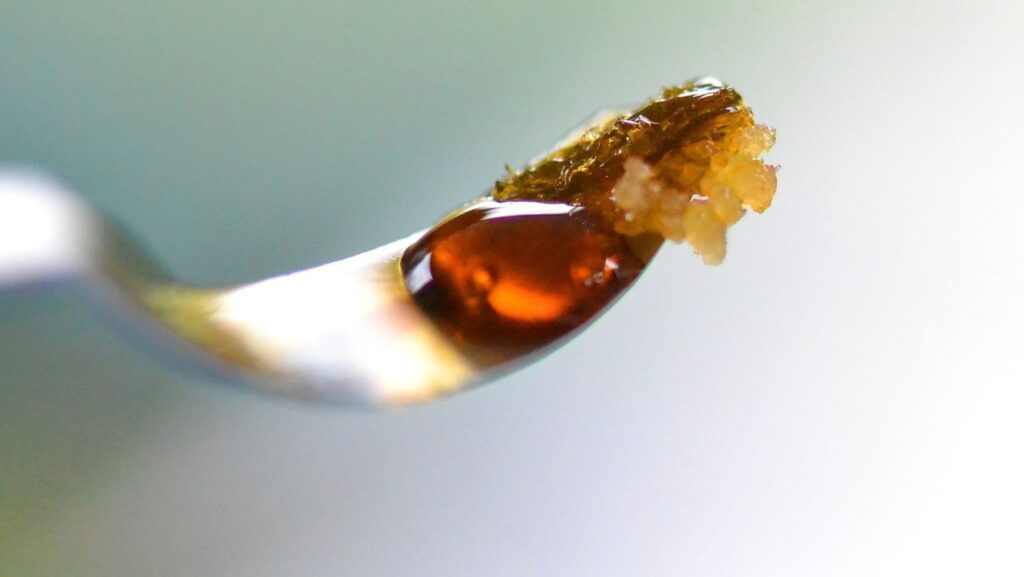In recent years, THC (tetrahydrocannabinol) has garnered considerable attention, especially with the growing acceptance and legalization of cannabis in various parts of the world. For beginners, understanding THC a can be a bit overwhelming due to the myriad of information available. This blog aims to provide a comprehensive introduction to THC, covering its origins, effects, legal status, methods of consumption, and safety considerations.
What is THC?
THC, short for tetrahydrocannabinol, is one of the primary psychoactive compounds found in the cannabis plant. It interacts with the body’s endocannabinoid system, primarily binding to the CB1 receptors in the brain. This interaction is responsible for the “high” that users experience. THC is one of over a hundred cannabinoids identified in cannabis, but it is the most well-known due to its psychoactive properties.
Origins of THC
THC was first discovered in the 1960s by Israeli chemist Raphael Mechoulam, who isolated the compound and began studying its effects. Since then, extensive research has been conducted, revealing not only its psychoactive effects but also its potential therapeutic benefits. THC is typically derived from the cannabis plant, particularly the female cannabis flower, which produces higher concentrations of cannabinoids.
The Effects of THC
When consumed, THC produces a variety of effects that can vary based on the individual, dosage, and method of consumption. Common effects include:
- Euphoria: Many users report feelings of happiness and relaxation.
- Altered Perception: THC can change how users perceive time, space, and sensory experiences.
- Increased Appetite: Often referred to as the “munchies,” THC can stimulate appetite.
- Short-Term Memory Loss: Some users may experience difficulty recalling recent events.
- Anxiety or Paranoia: In some cases, especially with high doses, THC can induce feelings of anxiety or paranoia.
Legal Status of THC
The legal status of THC varies widely around the world and even within countries. In some regions, cannabis and THC are fully legal for recreational and medicinal use, while in others, they remain strictly prohibited.

In the United States, for example, many states have legalized cannabis for recreational use, but it remains illegal at the federal level. It’s essential for beginners to familiarize themselves with local laws regarding cannabis use to avoid legal complications.
Methods of Consumption
THC can be consumed in several ways, each offering different effects and onset times. Here are the most common methods:
- Smoking: This is the most traditional method, where cannabis flowers are rolled into joints, packed into pipes, or used in bongs. Effects are typically felt almost immediately but may fade more quickly.
- Vaping: Vaporizing cannabis involves heating it to a temperature that releases cannabinoids without burning the plant material. Vaping is often considered a healthier alternative to smoking.
- Edibles: THC-infused food and beverages are increasingly popular. Edibles can take longer to take effect—typically 30 minutes to 2 hours—but the effects can last much longer, sometimes up to several hours. Among these, THC drinks have become a favored option, offering a fast-acting and refreshing way to consume THC without the need for smoking or eating solid edibles
- Tinctures: These are liquid extracts of cannabis that can be taken sublingually (under the tongue). Tinctures allow for precise dosing and have a faster onset than edibles.
- Topicals: THC-infused creams and lotions are applied directly to the skin. While they do not produce a psychoactive effect, they may provide localized relief for pain and inflammation.
THC can also be consumed through concentrates, which are highly potent extracts such as wax, shatter, or live resin. These can be dabbed using a special device or added to joints for an extra boost. For those looking for an easy online shopping experience for various cannabis products, exploring options at a store like Puffy Shop, or other reputable brands, can provide convenience and variety.
Dosing THC
For beginners, dosing is crucial. Starting with a low dose and gradually increasing it allows individuals to gauge their tolerance and avoid unwanted side effects.

A common starting dose for edibles is 5-10 mg of THC. With smoking or vaping, beginners should start with one or two puffs and wait to see how it affects them before consuming more.
Safety Considerations
While THC can offer various benefits, it is not without risks. Here are some safety considerations:
- Start Low and Go Slow: Beginners should always start with a low dose and gradually increase it as needed.
- Know Your Source: Purchase cannabis products from licensed dispensaries to ensure quality and accurate dosing.
- Avoid Driving: THC can impair motor skills and judgment, so it’s essential to avoid driving or operating heavy machinery while under its influence.
- Be Aware of Mental Health: Individuals with a history of anxiety, depression, or other mental health issues should approach THC with caution, as it can exacerbate these conditions in some users.
Conclusion
THC can be a fascinating and enjoyable experience for beginners when approached with caution and knowledge. Understanding its effects, legal status, methods of consumption, and safety considerations can empower individuals to make informed decisions about their cannabis use. As always, it’s essential to stay informed and responsible, ensuring that any exploration of THC is both safe and enjoyable. Whether for recreational use or potential therapeutic benefits, THC offers a unique experience that has captured the interest of many around the globe.


